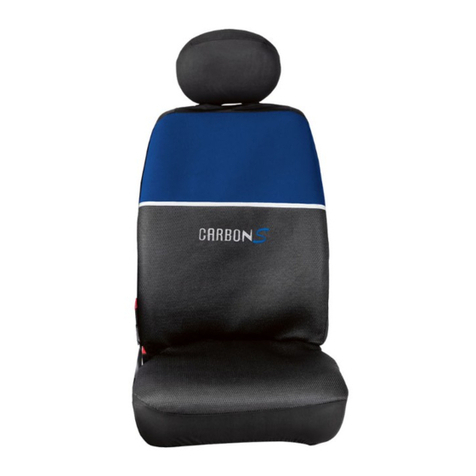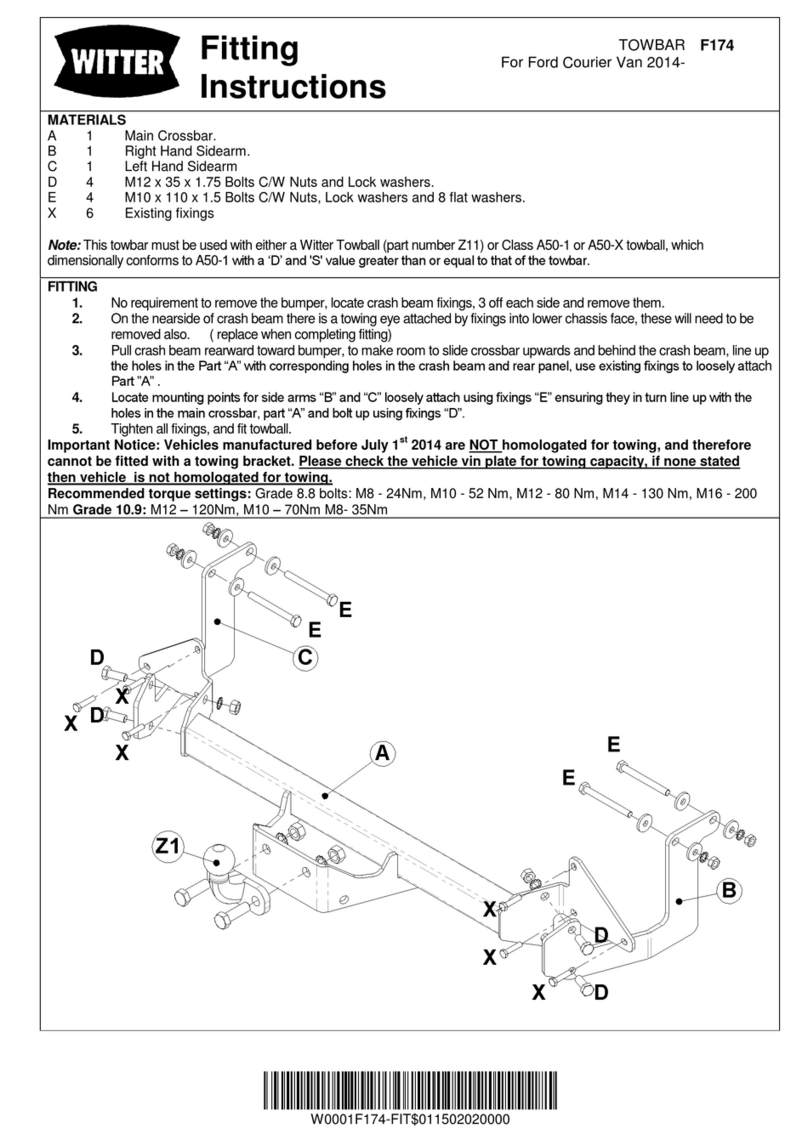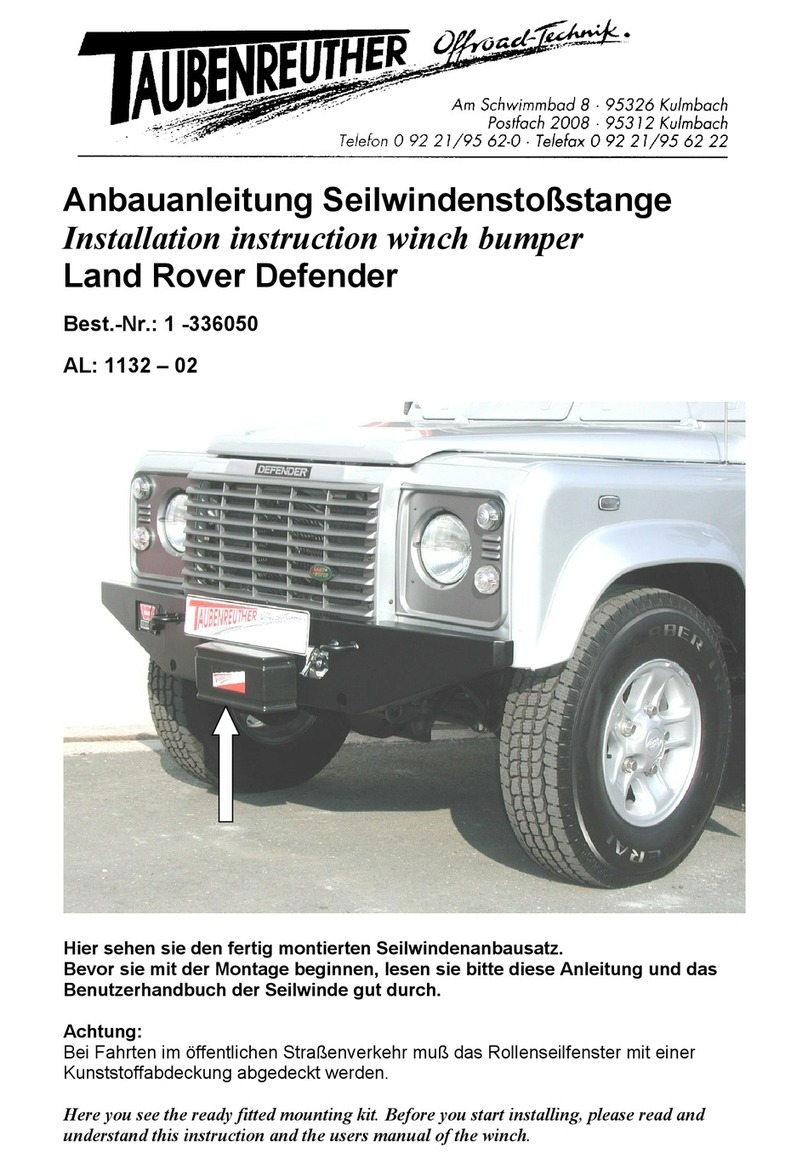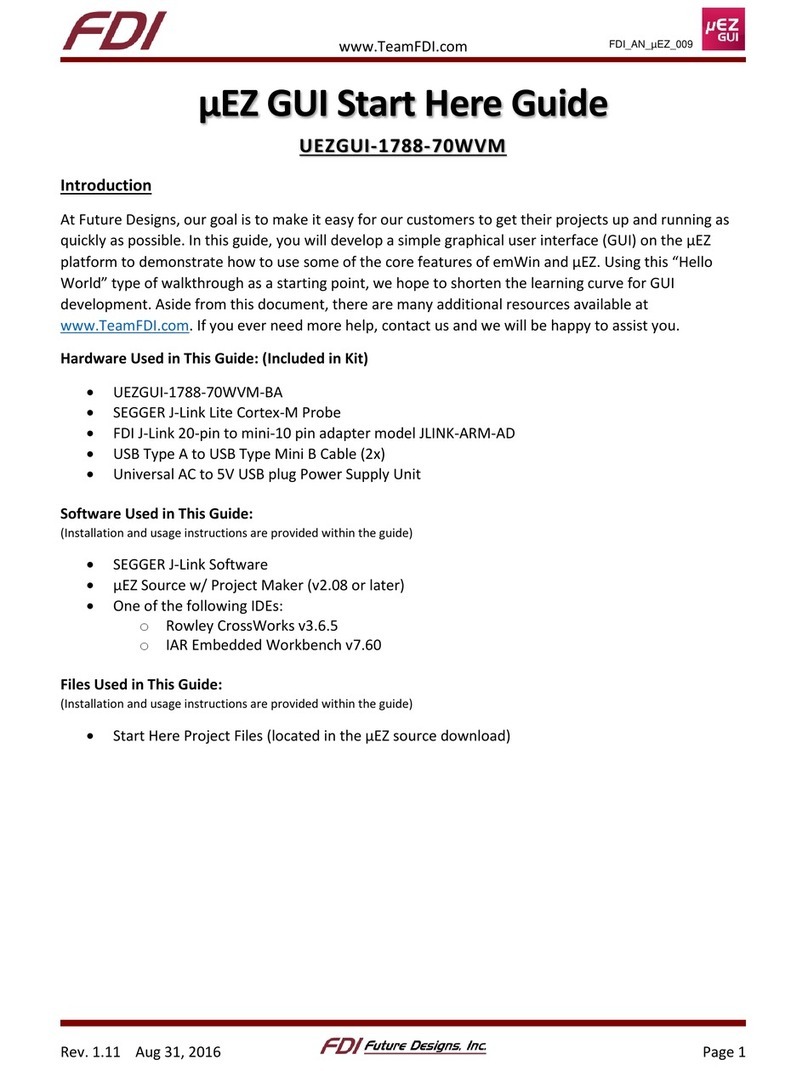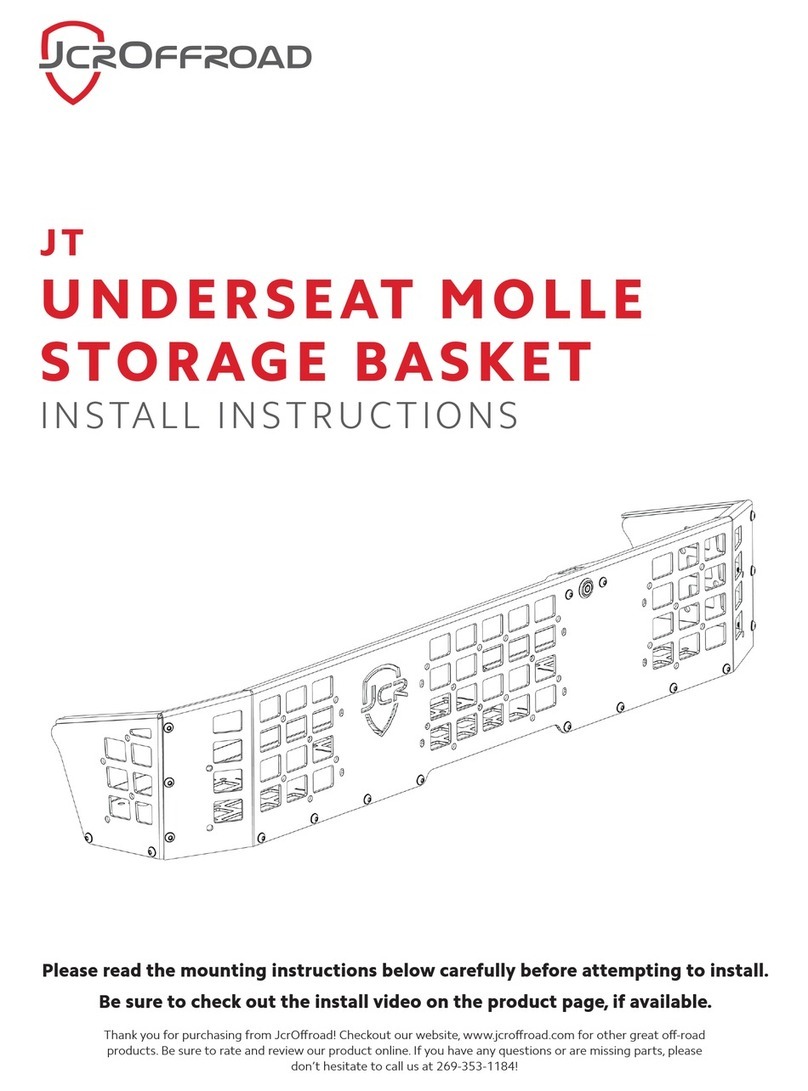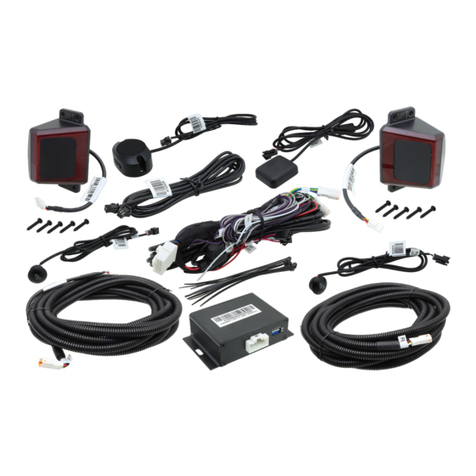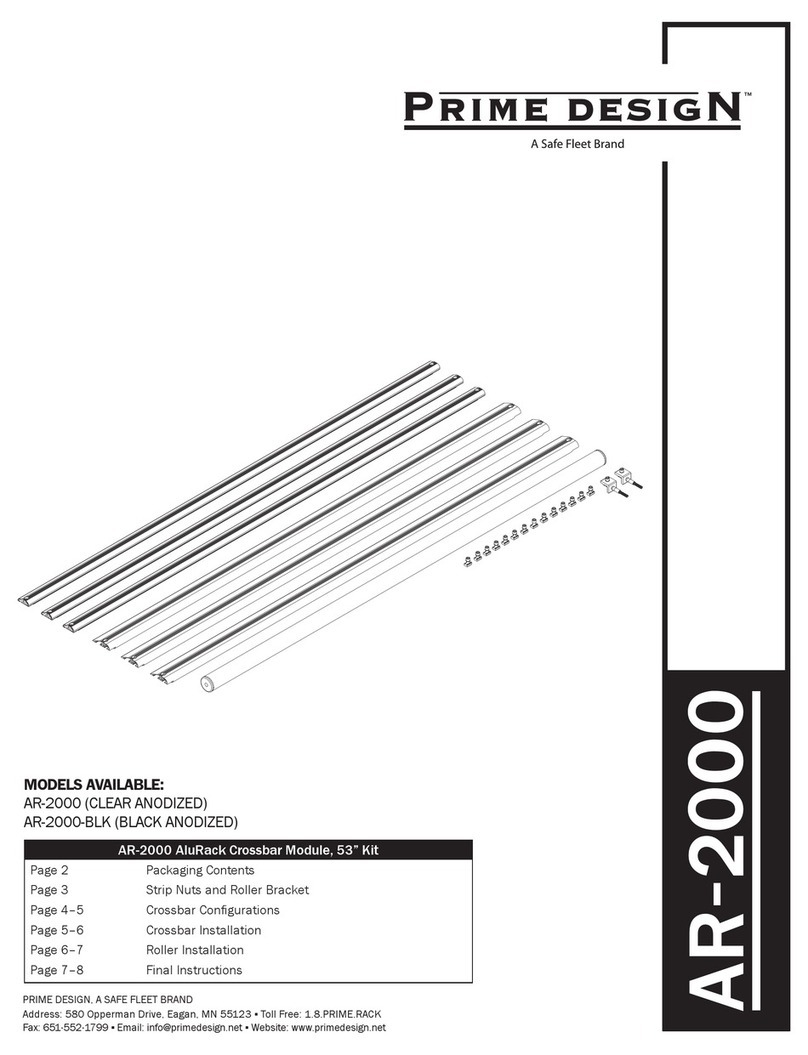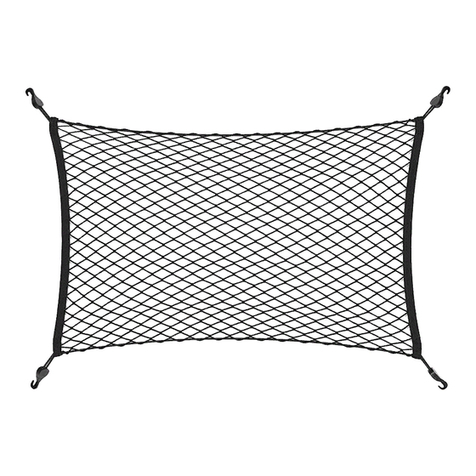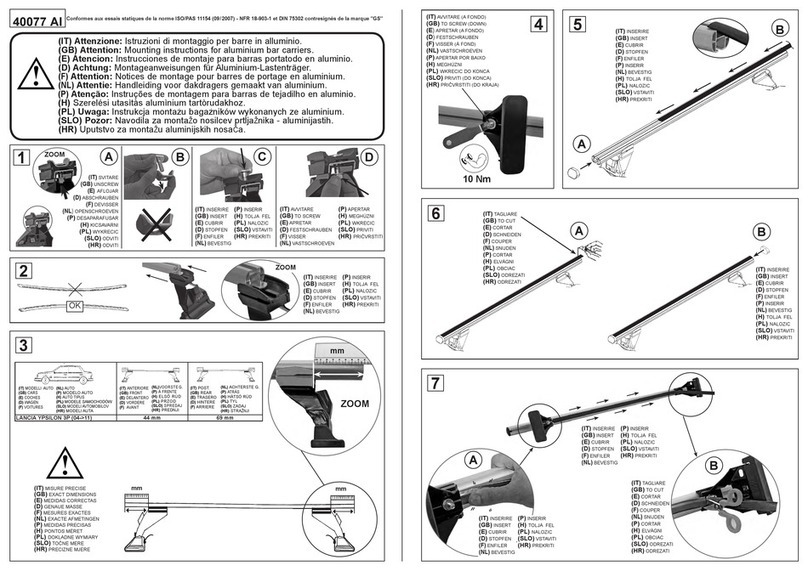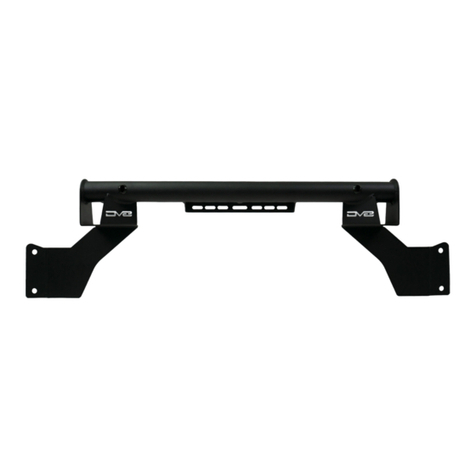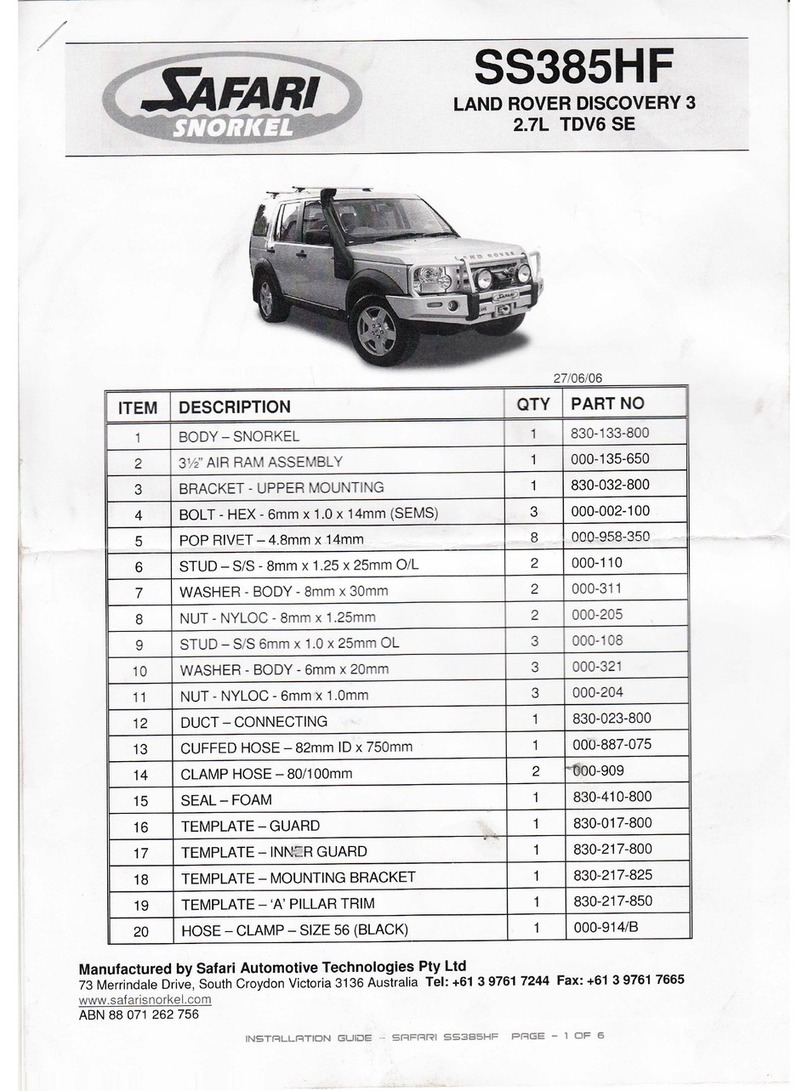Installation Steps: Module Mounting & Connections
THIS MODULE IS NOT INTENDED TO BE PLACED OR MOUNTED UNDER THE
HOOD OR ANY PLACE EXPOSED TO EXSESSIVE HEAT OR MOISTURE.
1. The three TORC Module connectors from the transmission harness will need
to be routed through the firewall. If you are not routing though an existing hole,
a grommet has been provided with this kit. This grommet will require a 1 7/16”
hole to be drilled.
2. When mounting the module, one should remember to provide easy access to
the USB port, which is used to interface with a PC for programming and
diagnostics, as well as the display and function control knob. For this reason,
be sure to mount the unit in a way that gives easy access to the USB port,
knob, and display. If you will be using a desktop PC for programming, install
the unit so that it can be unplugged and moved easily.
3. To mount the module, #10 bolts & nuts and #8 self tapping screws have been
provided if permanent mounting is desired. Hook & Loop strips have also been
provided to allow installation, but also easy removability.
4. The Transmission harness has three connectors which plug into the bottom of
the TORC Module. Each of the three connector positions are labeled on the
TORC Module: (1) Solenoids, (2) PRNDL, and (3) VSS. There is an additional
connector position on the TORC Module, labeled Vehicle, for inputs from the
vehicle the module is being installed into. Each connector has a different
number of pins; therefore, preventing them from being connected improperly.
Figure 2 –Connections on TORC Module


